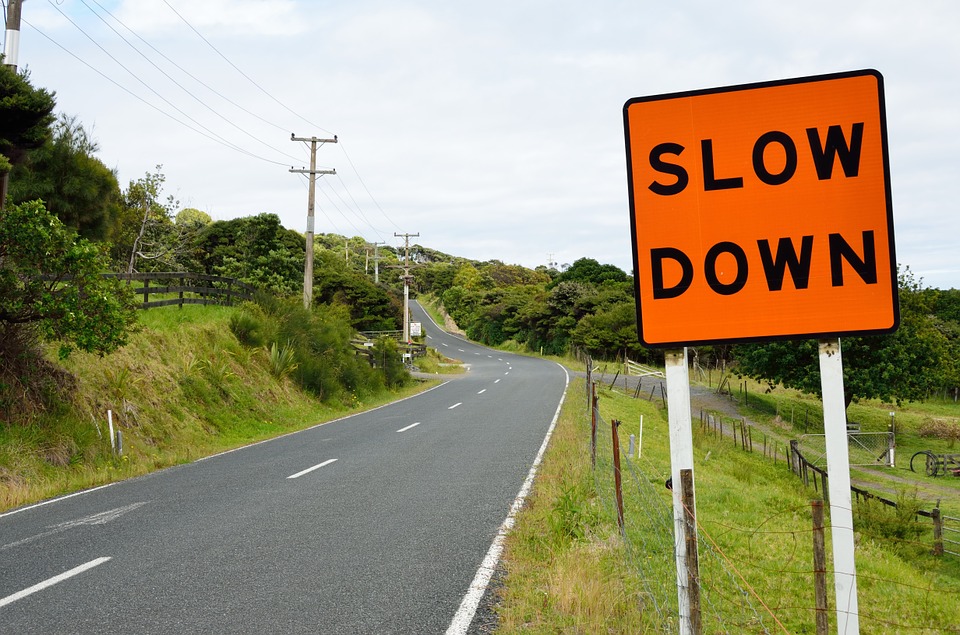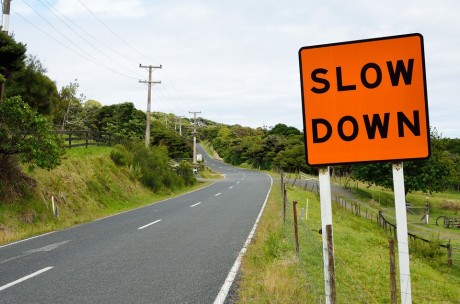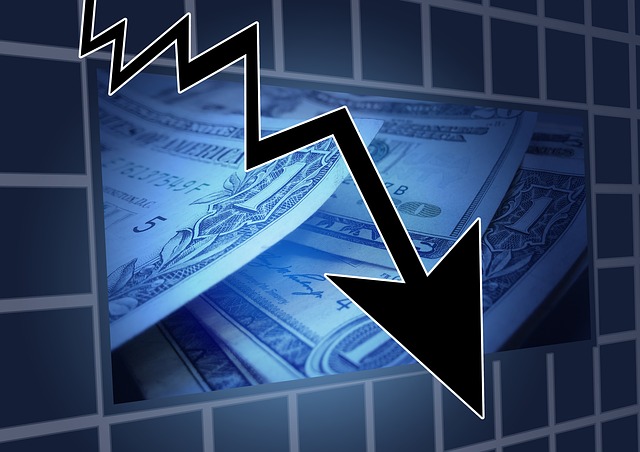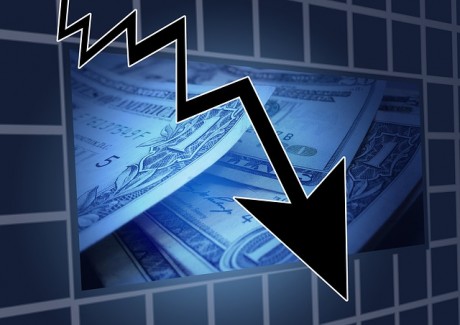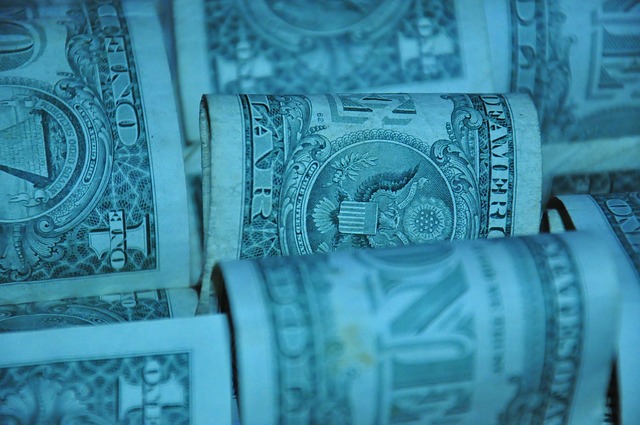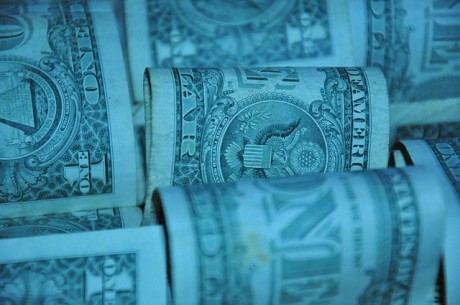 What kind of number for GDP growth in the 2nd quarter will we get on Friday? The market consensus is somewhere around 4 percent, but there are many out there that are expecting a number above 5 percent. The last time we witnessed such a number was during the third quarter of 2014 when the U.S. economy grew by 5.2 percent. If Friday’s GDP figure is better than that, it will be the best report that we have had since 2003. But let’s keep things in perspective. In seven of the last 10 years, GDP growth was much lower than anticipated in the first quarter and much higher than anticipated in the second quarter. It looks like that pattern may play out again in 2018, and analysts are already warning us to expect a much lower number for the third quarter.
What kind of number for GDP growth in the 2nd quarter will we get on Friday? The market consensus is somewhere around 4 percent, but there are many out there that are expecting a number above 5 percent. The last time we witnessed such a number was during the third quarter of 2014 when the U.S. economy grew by 5.2 percent. If Friday’s GDP figure is better than that, it will be the best report that we have had since 2003. But let’s keep things in perspective. In seven of the last 10 years, GDP growth was much lower than anticipated in the first quarter and much higher than anticipated in the second quarter. It looks like that pattern may play out again in 2018, and analysts are already warning us to expect a much lower number for the third quarter.
And even though we have seen good quarters before, we still have not had a full year of 3 percent growth since the middle of the Bush administration.
Last year the U.S. economy grew by only 2.3 percent, which would be a horrible figure even if the government was using honest numbers. According to John Williams of shadowstats.com, GDP growth for 2017 would have actually been negative if honest numbers were being used.
So let’s not get too excited over one quarter. According to the official government numbers, the U.S. economy has not grown by at least 3 percent on an annual basis in 14 years. That is the longest stretch in all of U.S. history by a wide margin, and it is going to take a really good second half to break that string this year.
But that isn’t stopping people from hyping tomorrow’s number. According to White House economic adviser Larry Kudlow, we should see a number “in the 4 to 5 percent zone”…
“You’re going to get a GDP number on Friday that’s going to be a very impressive number. Some people are in the 4 to 5 percent zone,” Larry Kudlow, the White House economic adviser, told CBS This Morning.
And he is probably right.
In fact, we might see a number that is even better than that.
As CBS News has noted, the second quarter came after the new tax cuts were implemented but before the trade war started…
The second-quarter figure will be widely seen as a referendum on the GOP tax cuts of late 2017. This quarter benefits from a timing sweet spot, coming after the deficit-busting cuts trickled through the economy, but before the effects of the White House’s protectionist trade policies are fully felt.
If we get a really good number, it may actually be bad news for investors.
As Marketwatch has deftly observed, a high GDP growth number may affirm the Federal Reserve’s narrative that they need to keep raising rates in order to keep the economy from “overheating”…
Ultimately, a reading that comes in too hot could fuel expectations that the Federal Reserve may need to ramp up its pace of rate increases, with the possibility of a further two rate increases in September and December likely to tamp down too-hot growth. That could knock bond prices lower, conversely pushing rates up and pressuring equity markets lower as investors worry about rising borrowing costs.
Ultimately, most of the analysis that you are going to hear about this GDP number is a load of nonsense.
The only reason why the U.S. economy is showing a little bit of growth is because we are on the greatest debt binge in our history.
When Donald Trump entered the White House the U.S. government was 19.9 trillion dollars in debt, and now that figure has ballooned to 21.2 trillion dollars in debt.
If we had not added 1.3 trillion dollars to the national debt over the past year and a half, there is no way that the economy would be growing right now.
And to be honest, it wouldn’t be too difficult to ramp up GDP growth to 10 percent. All we would have to do would be to borrow and spend enough money.
So why don’t we do that?
Well, it is because we are already on a path to national suicide. It is being projected that our national debt will hit 30 trillion dollars by 2028, and neither the Republicans nor the Democrats seem concerned about doing anything to alter this trajectory.
If we do get to 30 trillion dollars in debt and interest rates return to their long-term averages, we will be paying more than 1.5 trillion dollars a year just in interest on the national debt and our nation will be financially destroyed.
Many of our largest states are absolutely drowning in debt as well. The following comes from Fox Business…
In Illinois, for instance, vendors wait months to be paid by a government that’s $30 billion in debt, and one whose bonds are just one notch above junk bond status, according to Daniels. New York’s more than $356 billion in debt; New Jersey more than $104 billion; and California more than $428 billion.
As I have explained so many times, we are living a debt-fueled standard of living that is way above what we deserve.
If we only spent what we had, the economy would immediately plunge into a depression and our standard of living would collapse. The only way to keep the party going is to borrow and spend increasingly larger amounts of money, but everyone knows that this is simply not sustainable.
And it isn’t just government debt that is the problem.
Since the last financial crisis, corporate debt has doubled.
A massive consumer debt binge has pushed credit card debt to an all-time record high, and at this point the average American household is nearly $140,000 in debt.
When you add all forms of debt together, Americans are nearly 70 trillion dollars in the hole right now. For much more on all of this, please see my previous article entitled “Why America Is Heading Straight Toward The Worst Debt Crisis In History”.
So enjoy the debt-fueled GDP numbers for now, because the truth is that they aren’t going to last for long.
Our endless appetite for debt is literally destroying the bright future that our children and our grandchildren were supposed to have, and someday they will look back and curse us for what we have done to their country.
Michael Snyder is a nationally syndicated writer, media personality and political activist. He is publisher of The Most Important News and the author of four books including The Beginning Of The End and Living A Life That Really Matters.



